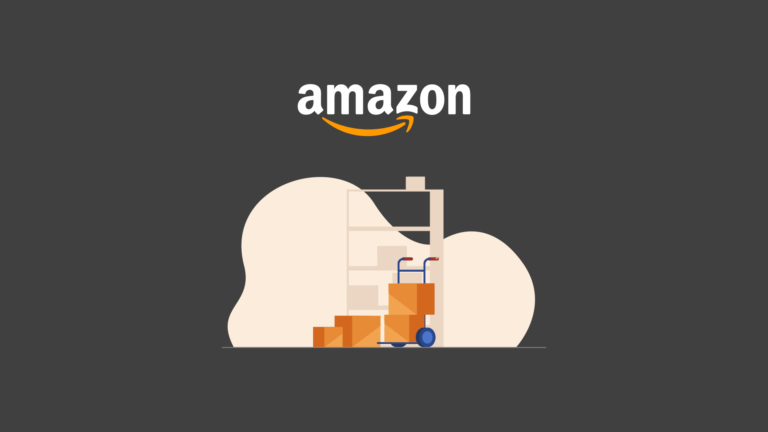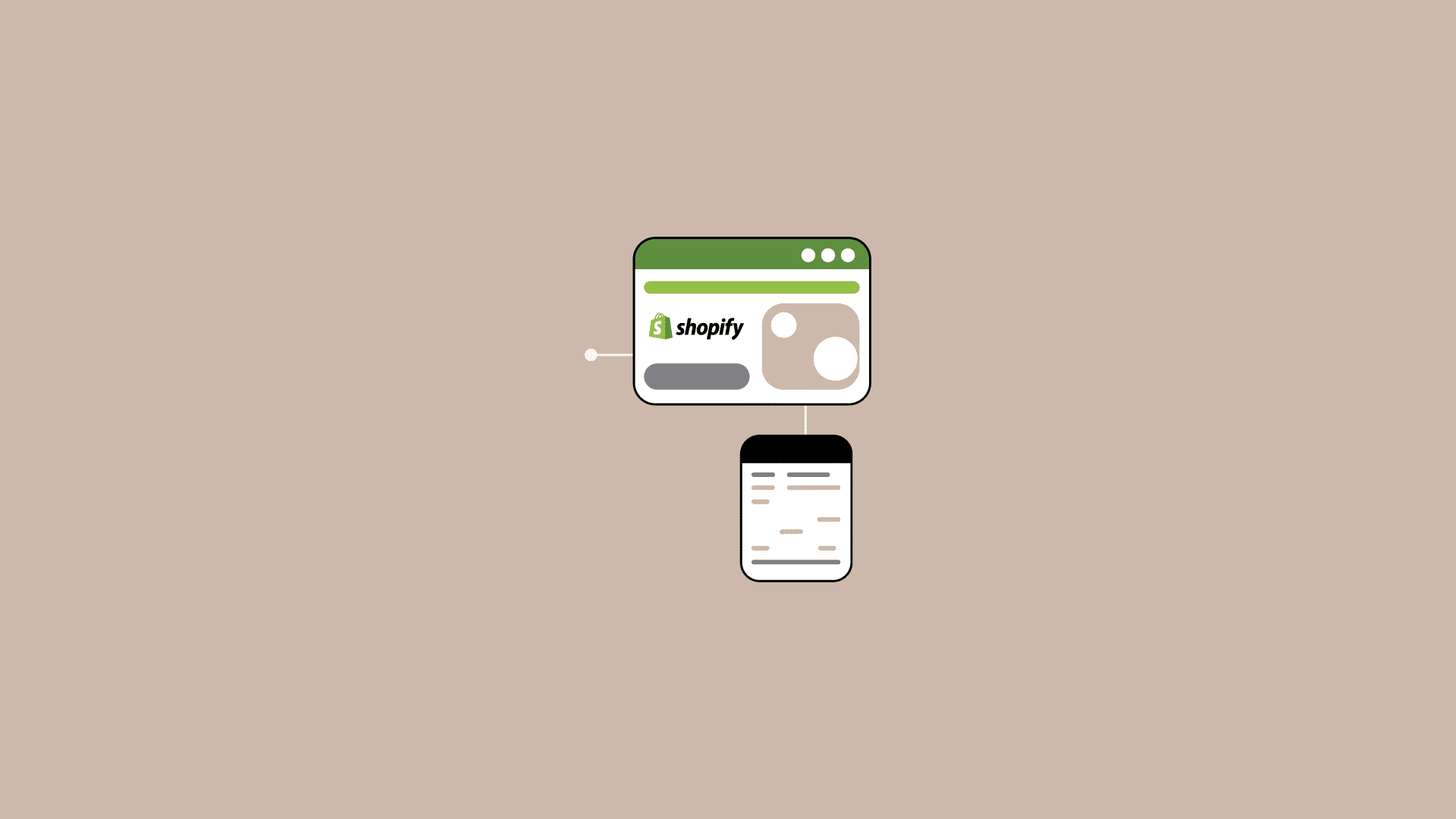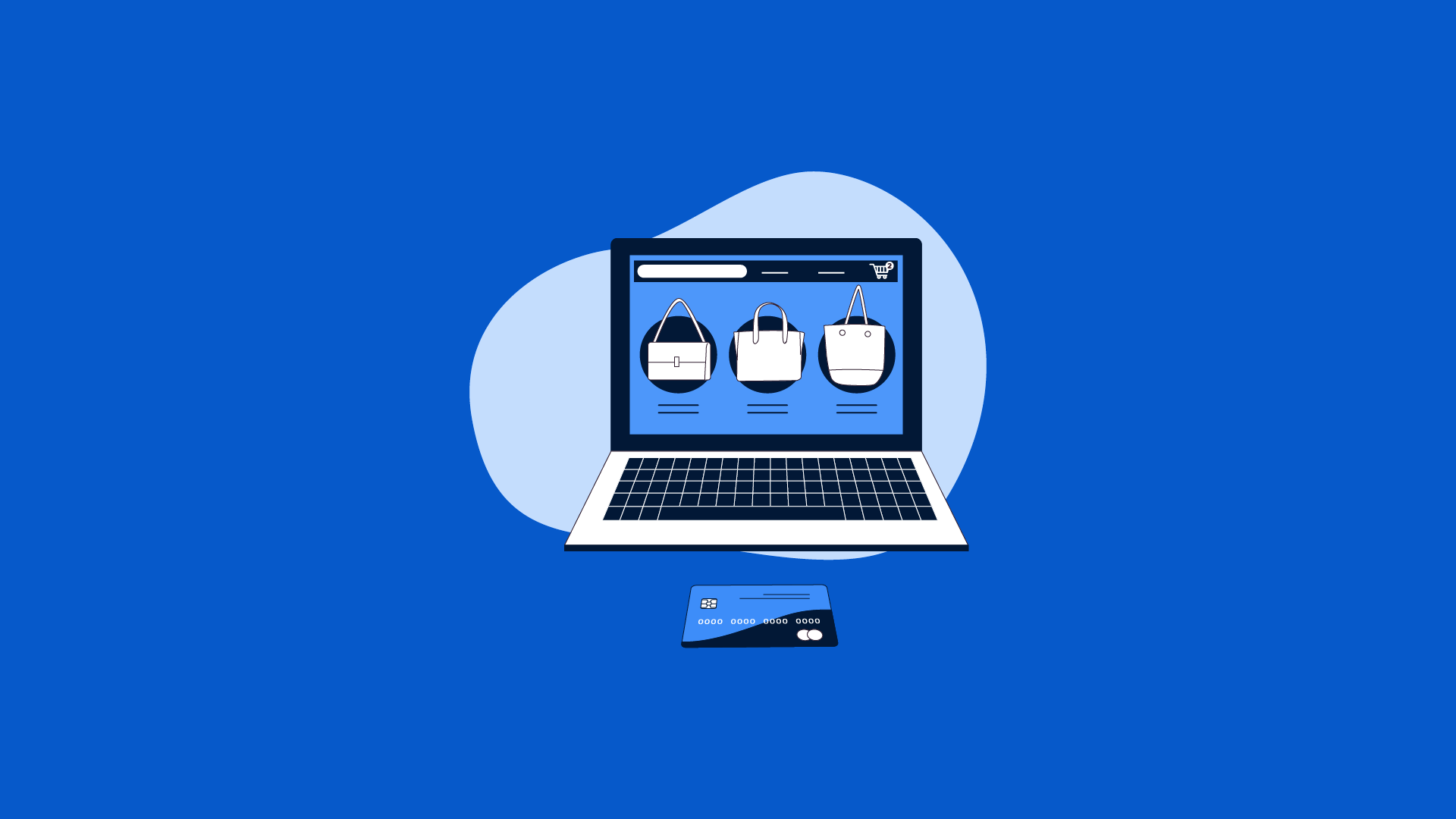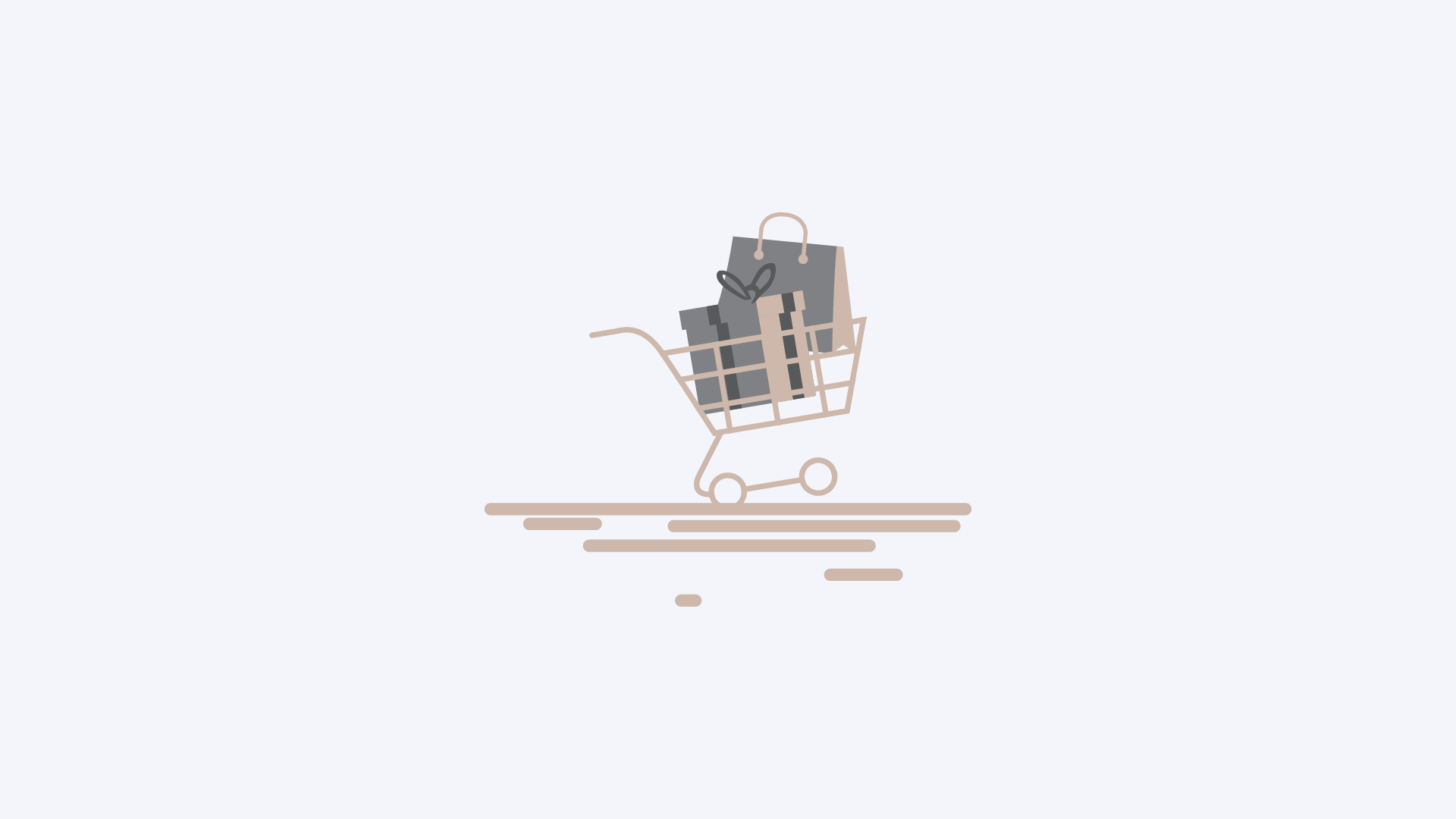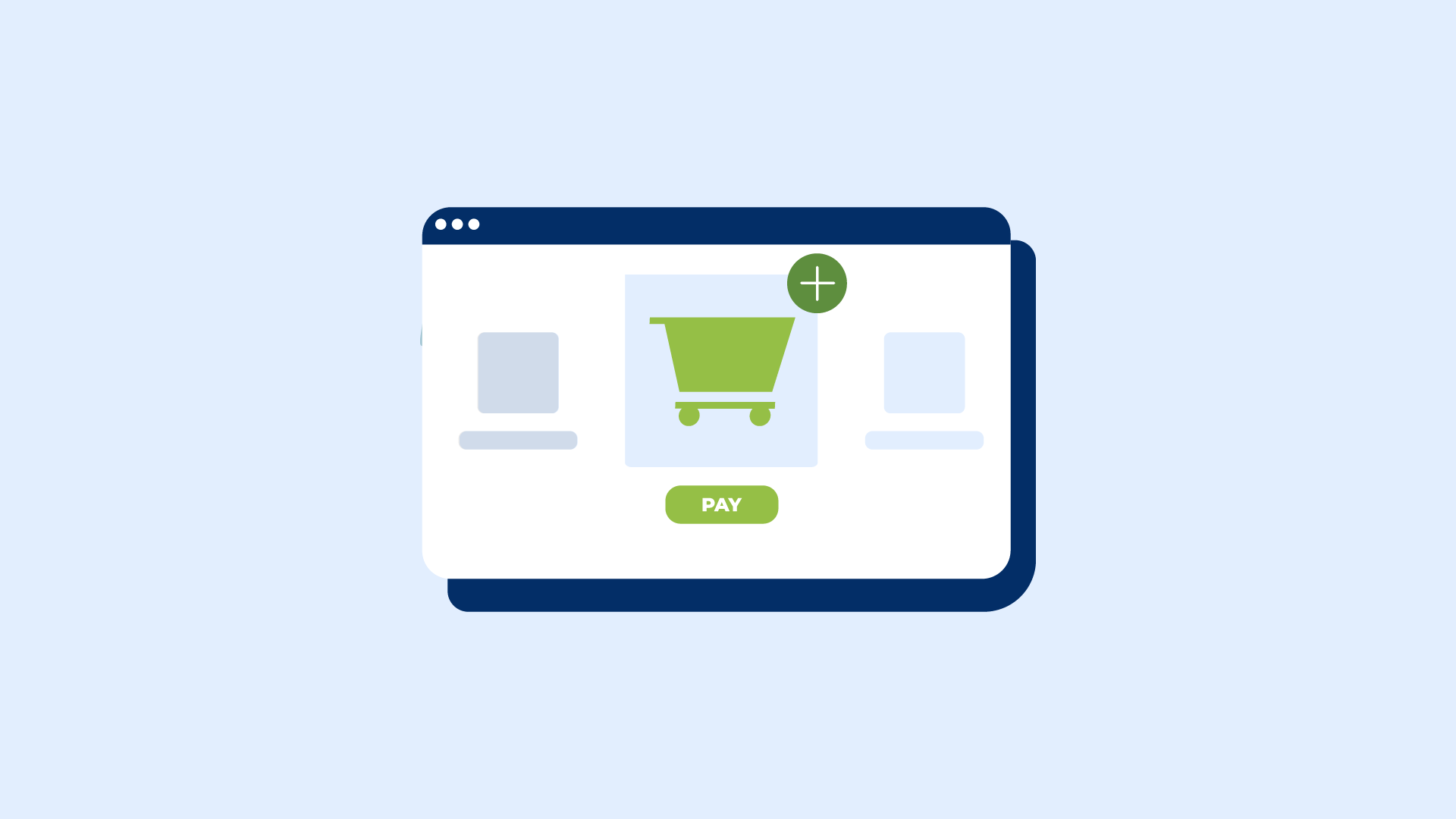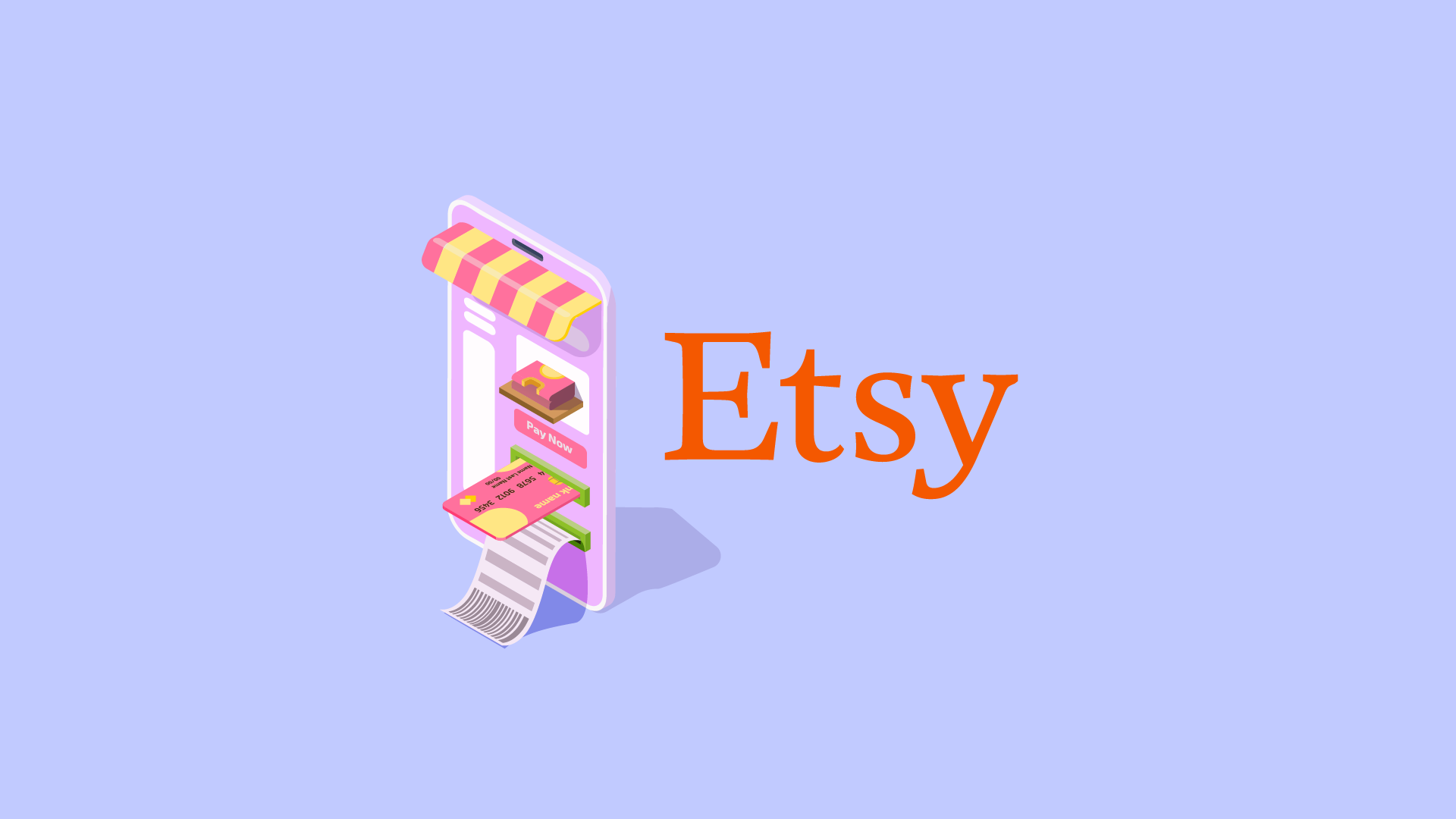So you’re interested in selling on Amazon. That’s great – because it means you’ve taken the first step towards selling your product to a global audience. When selling on Amazon you have to be able to legitimize your business as quickly as possible.
For a new seller, resources like the New Seller Guide are essential. These tools provide the necessary support and incentives to help new sellers grow and succeed in a competitive marketplace.
However, the competition in the eCommerce space is fierce. With millions of sellers and even more buyers, standing out from the crowd can be a monumental task. While success on Amazon is possible with hard work, there are methods you can implement to increase your odds. This means creating an effective digital marketing strategy to reach your target audience.
Ecommerce is a tough industry to break into. In fact, there are an estimated 12 – 24 million ecommerce site around the world. This isn’t surprising when you consider how competitive eCommerce has become.
This post is going to be your crash course in everything you need to know about selling on Amazon. Yes, it’s a big platform – one of the biggest online market place in the world. The opportunities are endless, but some people get lost in the weeds and forget the basics when they find out how much they can make and how easy it can all be.
If you’re looking to make money on Amazon, there are plenty of ways to do it. In this post, I will show you how to sell on Amazon and incorporate products into your existing product.
What is Amazon?
Amazon.com is an American multinational technology company that focuses on e-commerce, cloud computing, digital streaming, and artificial intelligence.
Amazon was started in in 1994 by Jeff Bezos and launched as an online bookstore. The company grew to become the world’s second largest online retailer in 2022. It also developed a line of consumer electronics, including the Kindle e-book reader and the Fire tablet computer line.
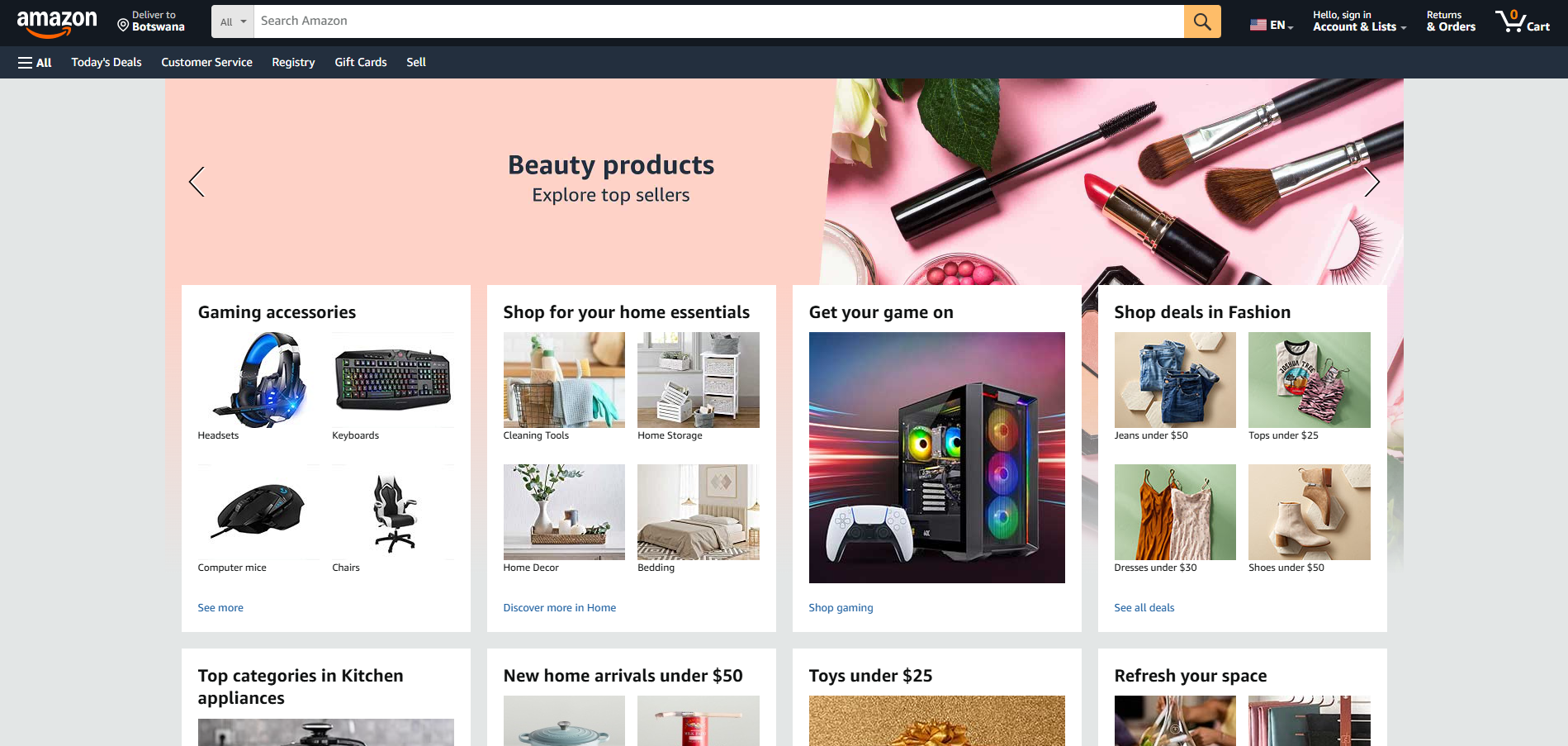
The company has diversified its product offerings since its inception but continues to sell books today. Amazon now sells a wide variety of products which include clothing, furniture, food, and beverages.
They also offer television shows and movies through Amazon Video, software through Amazon Web Services (AWS) and Kindle Direct Publishing. Amazon can deliver anything from anywhere via Amazon Prime Now or Whole Foods Market delivery.
The company has also invested heavily in other areas like movie production Amazon Studios, television production/distribution (Amazon Video), music streaming (Amazon Music), cloud computing (AWS), and artificial intelligence research (Alexa).
This post, however, focuses on the eCommerce part of Amazon.
Selling on Amazon vs. Selling on Shopify or Other Ecommerce Platforms
In comparison with other platforms, there are a few key advantages to selling on Amazon. First off, the Amazon brand is well known and trusted. People know they can trust that they will get their product, and they won’t have to worry about items not arriving or products not meeting expectations.
Secondly, the sheer number of people who use Amazon daily—and who know that it’s possible to order from them. It gives you a ready-made audience for your products. Finally, the infrastructure that comes with selling through Amazon makes things much easier for you as a seller.
You don’t need to figure out how to manage inventory or where to store items. Instead, you simply send your products into their amazon warehouse and let them deal with the rest.
There are two ways you can sell on Amazon. The first is using the Amazon FBA and the second, using your order fulfillment service or delivering the products yourself.
Fulfillment by Amazon, or FBA, is a program that allows sellers to store their inventory in amazon warehouses and have the company fulfill customer orders. In addition to storing your inventory, FBA also gives you access to other benefits such as free shipping, product listings, and customer support.

1. Research Products and Suppliers
Sourcing the right products to sell on Amazon is critical to your success. You need to guarantee that your product can be profitably sold and shipped at a low cost by third-party suppliers without sacrificing quality.
Before you even get to decide on your products, check the amazon restricted products list. There are levels to restrictions, some products are restricted completely and some can require approval before you can list them on Amazon.
When conducting product research, consider focusing on the Pet Supplies category. Utilize filters to evaluate profitability, demand, and competition for potential products in this niche. This approach can help you successfully explore and identify product opportunities.
To reduce the risk of selling restricted products, you can private-label already successful products. In this case, the product manufacturer will add your branding label on a product they make for you to sell as your own.
It’s also important that you find at least 3-5 suppliers so you can compare them and decide which one is best for you.
You can source products from a variety of places, for example, liquidation sales, wholesalers, and manufacturers. Many new sellers choose to start their business by sourcing directly from China since it’s the largest manufacturer of goods in the world.
Decide which business model you will use
When deciding which business model to use, you’ll want to consider your goals, resources, and skill set.
Private Label

If you want to create your own brand of products that is unique, private labeling might be the right choice for you.
Private labeling allows you to create your own brand name and sell it on Amazon using the platform’s tools. However, this method can take time to build up a customer base. Buyers will need to learn about the product before they purchase it.
Wholesale
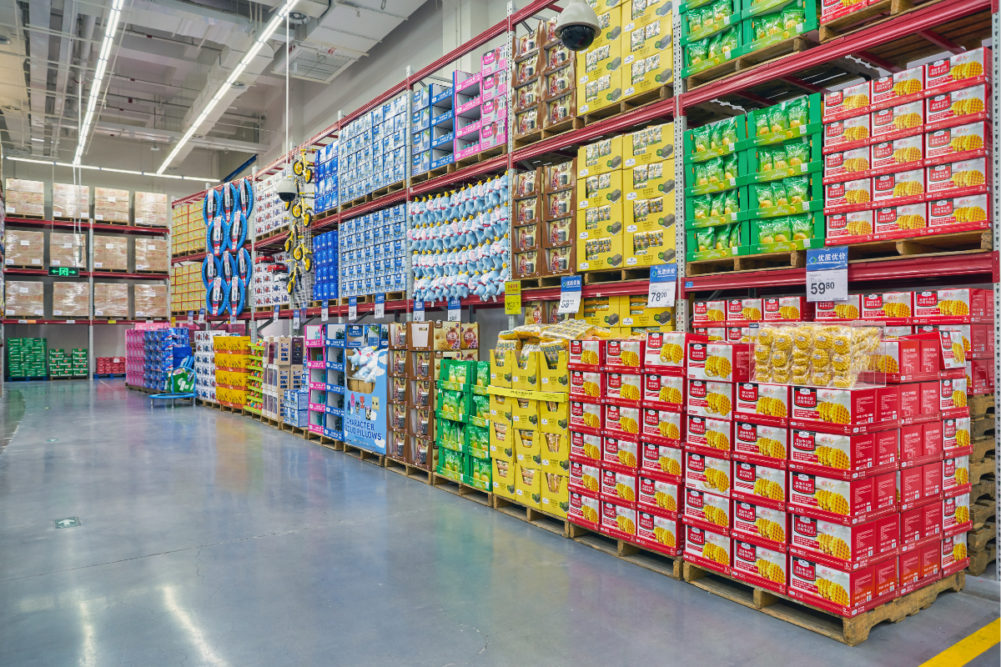
If you want to get into the Amazon game quickly this is is an great option. You can make money by buying items at wholesale prices and reselling them on Amazon at a profit. To do this effectively, however, you’ll need to have some experience.
Be sure to know a thing or two about sourcing inventory and managing shipping and fulfillment logistics for small businesses.
Online/Retail Arbitrage
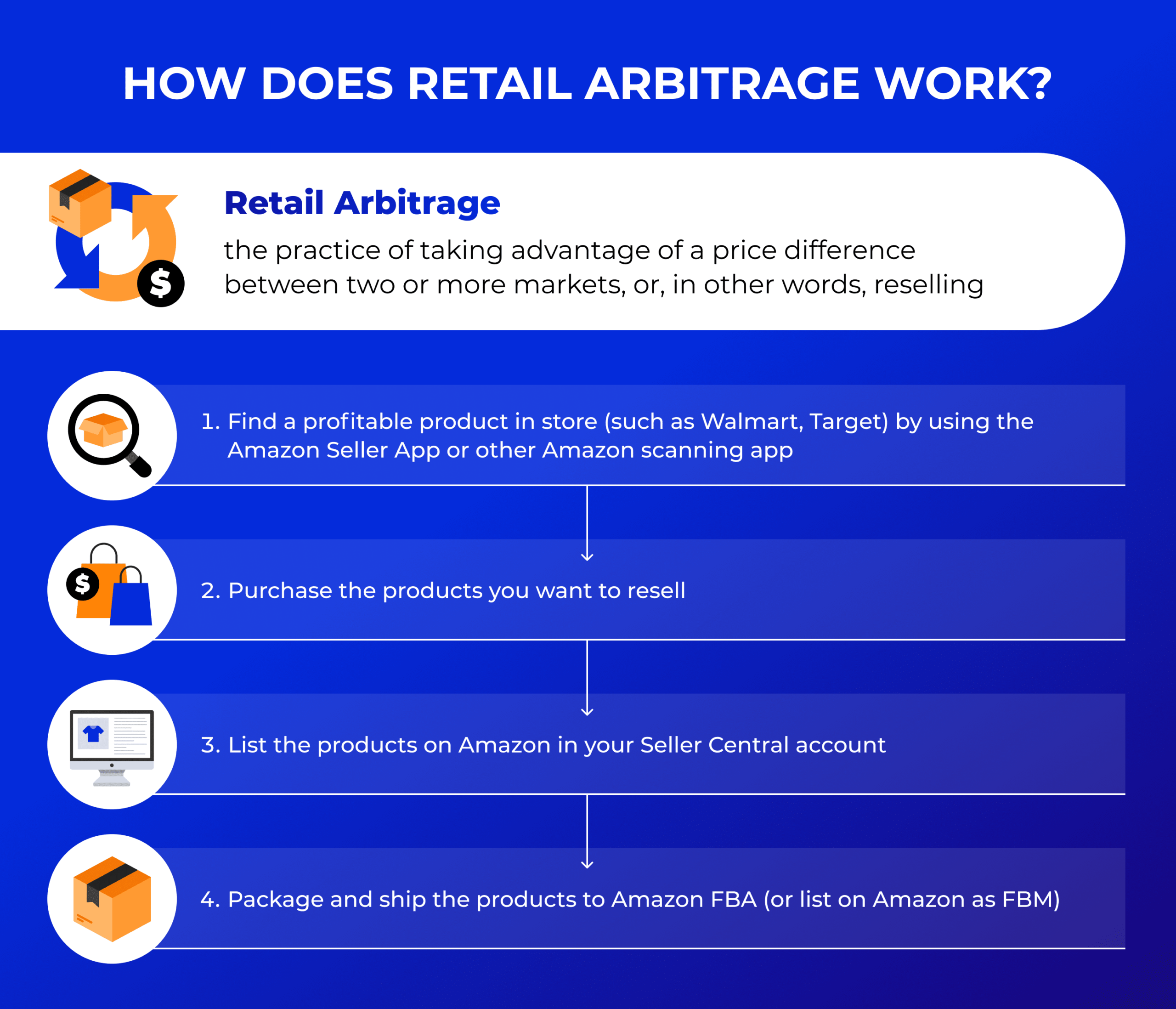
Online arbitrage involves buying an item from one online retailer at a lower price than its competitors’ prices and then reselling those items on Amazon or another e-commerce platform at a profit.
Retail arbitrage is similar except that it involves going into stores like Target or Walmart and buying items at their retail prices and then reselling them online for a profit. It’s very popular because it’s easy to get started. Why? because you don’t have to worry about inventory management or shipping costs.
Also, there are many lucrative opportunities in this model. However, it requires some specialized knowledge about how the retail industry works and how to find good deals on items that will sell well on Amazon.
Dropshipping
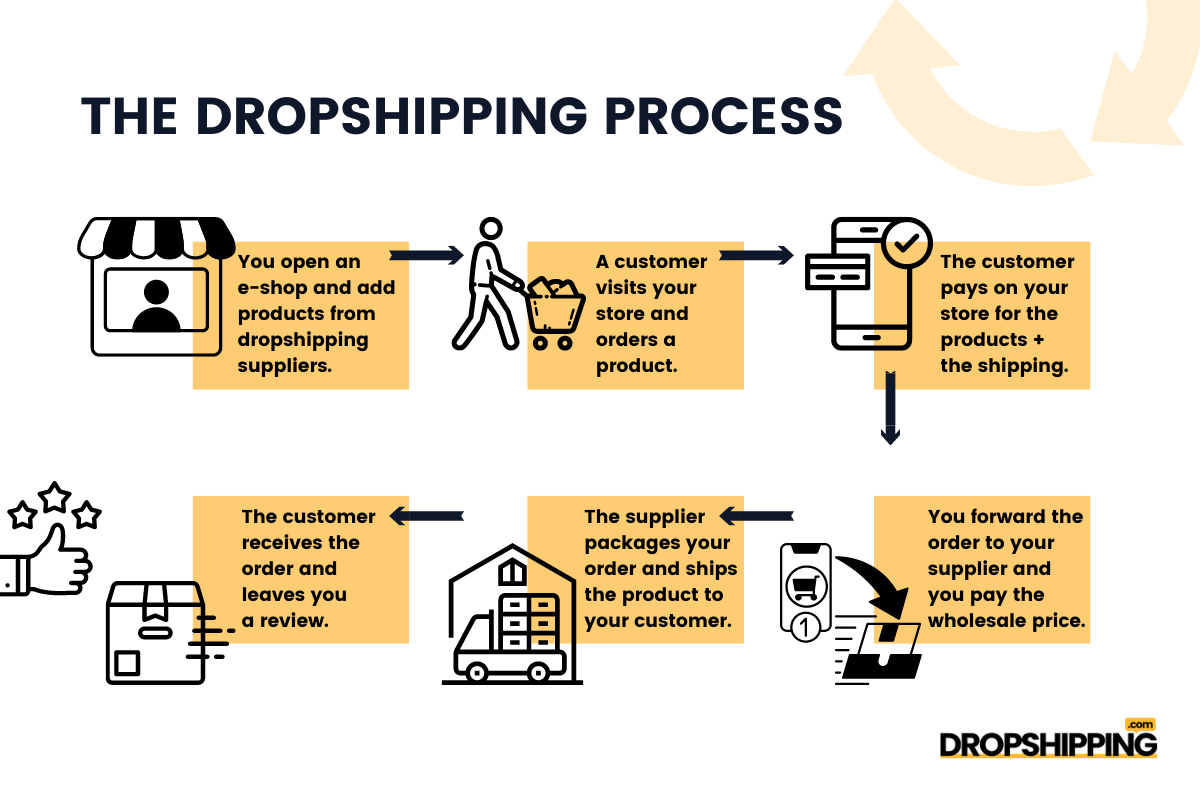
Dropshipping is another popular option for sellers who want to take advantage of the convenience of selling on Amazon without having to manage inventory or deal with shipping costs.
You simply list products for sale on your website or Facebook page along with links back to Amazon’s product pages. When someone buys from you, they’re actually buying from Amazon directly!
Dropshipping is an easy way to get started selling on Amazon. You choose an item and then sell it at whatever price you want. Then you send your customer the item directly from the manufacturer without ever seeing or handling it yourself.
This model works well for products with high margins, like health supplements or beauty products. Selling through dropshipping has its advantages because it’s often cheaper than having your own factory or shop.
However, there are some disadvantages too. For example, if any problems arise with the production of the product, such as an incorrect order from the supplier or missing parts during shipping, then it’s up to them to fix them before sending out our order.
If this happens often enough, you may need to find another supplier to offer better service. This way your customers won’t be left waiting around for weeks at a time.
Handmade
Handmade is an easy way to get started selling on Amazon if you already have some of the skills needed. However, it can be more difficult because there are fewer people who are willing to pay higher prices for handmade goods. That’s when you compare it to people looking to buy factory-made goods like electronics.
Handmade products let you get closer to your customers, creating items they’ve never seen before. This will help you build trust with your customer base and give them something special.
If you have some experience with selling on Amazon, then either of these options will work well for you. However, if this is your first time selling on Amazon and you don’t have any experience with eCommerce platforms like Shopify or WooCommerce then we’d recommend starting with dropshipping.
With Dropshipping, you can learn how everything works before diving into something more complicated like handmade items.
2. Create a Business Plan
A business plan is a document that helps you plan out how to achieve your specific goals. It also gives you an idea of what your business should look like when you start.
Why do I need a business plan?
Having a written business plan helps you organize your thoughts and communicate them better to others. It also serves as a roadmap for how and when you’ll accomplish the things that matter most.
To start an Amazon FBA business, you have to research the market, check the trends, and know your competitors. You also need to figure out what kind of products you want to sell. Also look at how much you want to spend on product sourcing, marketing, and promotion.
Start by creating a rough plan for your business schedule, and relevant business activities. This will give you an idea of what you can focus on in the short term and long term.
3. Create an Amazon Seller Account

To start selling on Amazon, you need to create a professional seller account.
First, visit services.amazon.com, and sign in with your Amazon account (or create one if you don’t already have one).
You will then be asked to choose a plan and select the type of seller you want to be:
Pro seller
Individual seller
As an individual seller, you can list items and pay $0.99 for each item sold on Amazon plus selling fees. If your sales exceed 40 units per month, you will need to upgrade your plan to professional.
As a Pro seller, there is a monthly subscription fee of $39.99. You get access to advanced selling tools like APIs and reports.
Individual sellers have restrictions when it comes to buying and selling in certain product categories. For example automotive & power sports parts & accessories and fine art.
The Pro sellers can sell in all categories except alcohol products or wines that require special permits to sell or have restrictions by law. Unless they have their own retail store.
Setting Up Your Amazon Store
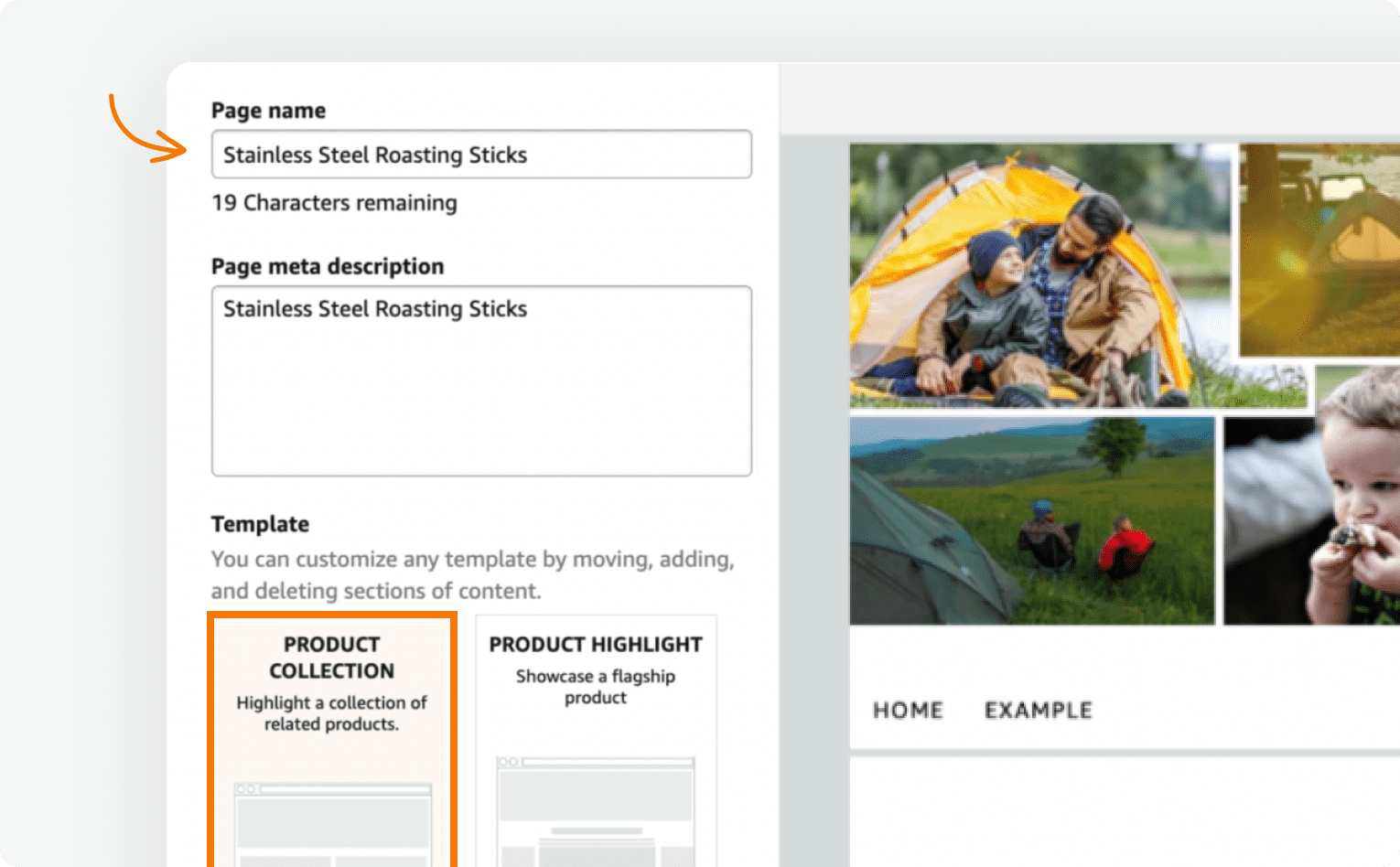
Setting up your Amazon store is a crucial step in establishing your brand and creating a professional presence on the platform. A well-designed store can help you stand out from the competition, build trust with customers, and increase sales.
Importance of Branding and Customer Engagement
Your Amazon store is often the first impression customers have of your brand, so it’s essential to make it count. A strong brand identity can help you differentiate yourself from competitors and build customer loyalty. To create a compelling brand, focus on the following elements:
Logo and branding: Ensure your logo is high-quality, visually appealing, and consistent across all your product listings and marketing materials.
Store description: Write a clear and concise store description that communicates your brand’s mission, values, and unique selling proposition (USP).
Product categories: Organize your products into logical categories to make it easy for customers to find what they’re looking for.
High-quality product images: Use high-quality product images that showcase your products from different angles and in use.
Customer reviews: Encourage customers to leave reviews and respond promptly to any feedback or concerns.
By focusing on these elements, you can create a strong brand identity that resonates with customers and sets you up for success on Amazon.
4. Create Product Listing
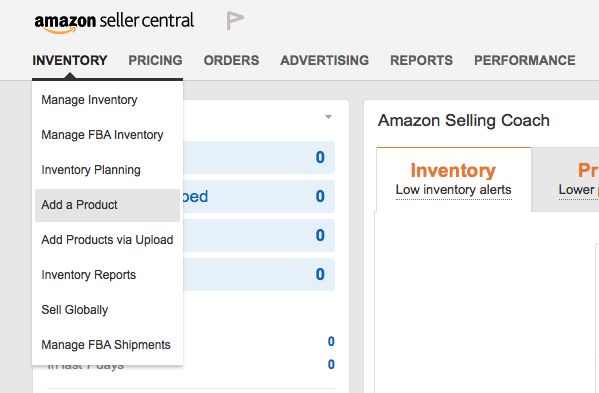
Before you get started, there are a few things to keep in mind.
First, make sure your product is Prime eligible. If it’s not, Amazon won’t show it to Prime members.
Second, use clear and high-resolution images of your product to make it look as good as it can on the site.
You can upload these images directly through the Amazon Seller Central dashboard or use tools like Snagit or Jing to take screenshots of your product and upload them to Amazon instead of taking photos yourself.
Third, to create product listings, you can either match an existing product using its identifier or create a new product detail page when necessary. All sellers can create product listings individually, but professional sellers have the option to do so in bulk.
Finally, if you have a lot of products to list, use a spreadsheet program like Google Sheets or Microsoft Excel to speed up the process of entering the data into the Amazon Seller Central Dashboard by uploading your products.
5. Manage Your Amazon Inventory
Since you are selling physical goods, you must be able to manage your inventory effectively through your seller central account. In addition, Amazon’s support for quantity and pricing has limitations. What this means is that if you have the same item in different sizes or colors, the system does not allow you to display it as a variation.
Furthermore, there is no way for sellers to create new product attributes. For example, you will need an external tool that allows you to add promotional text or other content that cannot be added through the back end of Seller Central.
As your business grows and becomes more profitable, managing inventory can be quite complicated. We highly recommend using an inventory management tool like TradeGecko to keep everything in order and make sure that what is listed on Amazon actually matches what you have stored in your warehouse.
TradeGecko makes life easier by letting you keep track of all your data from one central location and by automatically updating stock levels across all channels where it is sold. This includes Amazon.
The alternative would be manually keeping records up-to-date but this method could result in mistakes that cost you time and money later on when they need fixing.
How to update inventory levels correctly on Amazon
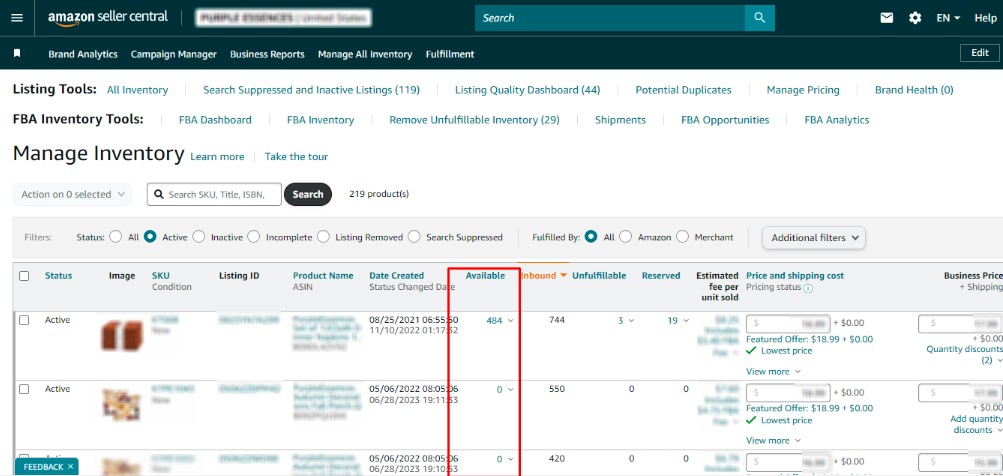
Use a barcode scanner connected with Seller Central so that every time something goes out of stock it automatically increases its price accordingly. Keeping track manually will take too long if sales increase. Inventory management software helps with this process by integrating into both systems seamlessly without any extra work required
Keep your stock organized. Customers may find it difficult to locate what they need quickly enough before they decide against buying anything at all if items are placed randomly without any sort of order. An easy fix would be using labels or bins according to categories – like electronics vs clothing, etc.
Take photos of each individual piece because people love seeing products from multiple angles rather than just one angle which gives them less information about the item itself.
Fulfillment and Shipping Options
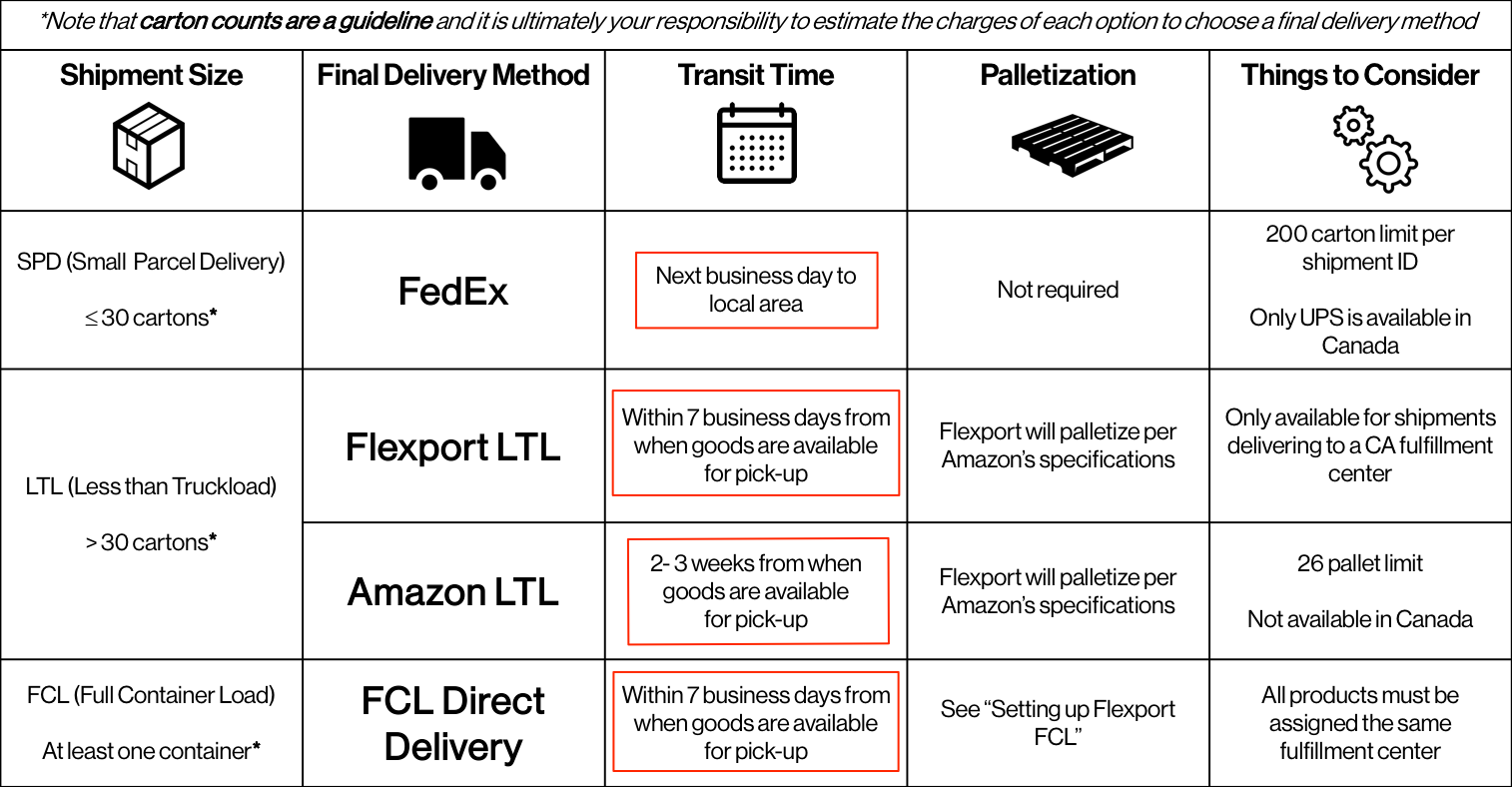
Fulfillment and shipping are critical components of the Amazon selling experience. Choosing the right fulfillment method can help you save time, reduce costs, and improve customer satisfaction.
Choosing the Right Fulfillment Method for Your Business
Amazon offers two primary fulfillment options: Fulfillment by Amazon (FBA) and Merchant Fulfilled. Here’s a brief overview of each:
Fulfillment by Amazon (FBA): With FBA, you send your products to Amazon’s warehouse, and they handle storage, packaging, and shipping. FBA offers several benefits, including fast and reliable shipping, customer service, and returns handling.
Merchant Fulfilled: With Merchant Fulfilled, you handle storage, packaging, and shipping yourself. This option gives you more control over the fulfillment process but requires more time and resources.
When choosing a fulfillment method, consider the following factors:
Product weight and size: If you have large or heavy products, FBA might be a better option due to Amazon’s discounted shipping rates.
Shipping speed: If you need to offer fast shipping, FBA is often the better choice.
Inventory management: If you have a large inventory, FBA can help you manage storage and reduce costs.
Customer service: If you want to handle customer service yourself, Merchant Fulfilled might be a better option.
Ultimately, the right fulfillment method for your business depends on your specific needs and goals. Consider your options carefully and choose the method that best aligns with your business model.
6. Promote Your Products on Amazon
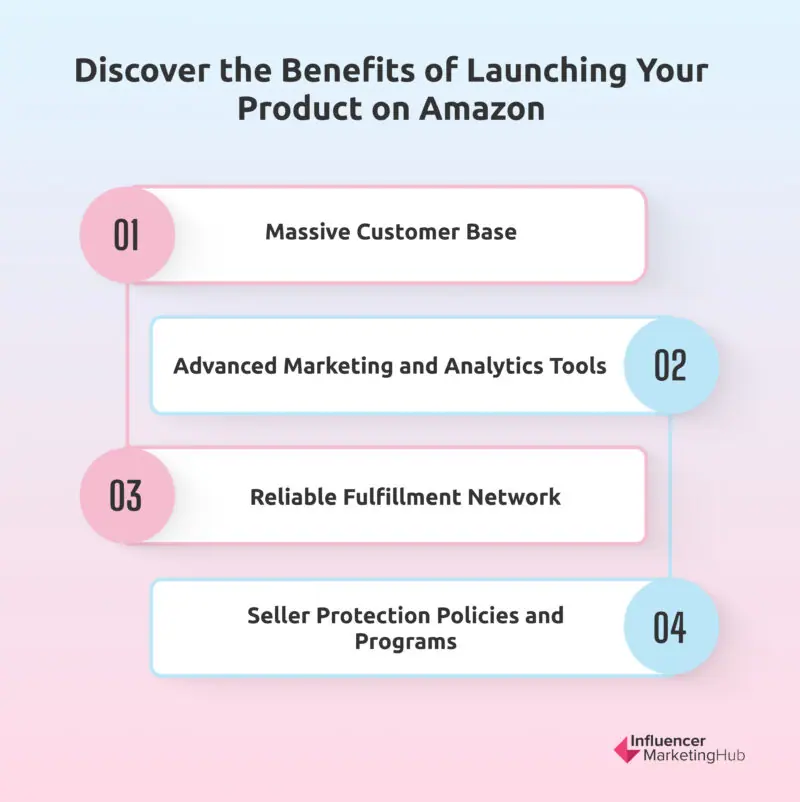
Amazon may be the biggest retailer in the world, but it still can’t cover every product category. You’re still required to do some marketing for your listings unless you want to wait for years for a customer to come across your product.
Here are a few ways you can promote your products on Amazon:
Create a product listing page with good photos and tailor the description to sell.
Post links to your products on social media accounts like Facebook, Twitter, Pinterest, and Instagram.
Become an Amazon Affiliate and earn commissions by posting links to your favorite products on your blog or website.
Use search engine optimization (SEO) strategies to drive traffic from Google searches.
7. Review Your Sales
You will want to check your sales reports frequently. Check to see what products are selling, how much they’re selling for, and the profit margin you’re making on them. Evaluating the profitability and costs associated with each product sells is crucial to understanding your overall performance.
Remember that Amazon charges a fee for every sale depending on what category the products are in. There are also shipping costs you need to add to your pricing model. You can either pay these fees yourself or have Amazon do it for you with FBA.
FBA stands for “fulfilled by Amazon” and you can use it once your products have sold on Amazon’s website so that they can be shipped out by Amazon when purchased by a customer.
If your products sell well, consider getting some of them onto Prime so that more people will be able to purchase them from Prime members who may be looking for products similar to yours.
The best way to get your product on Prime is to use FBA (as mentioned above) as most Amazon customers prefer Prime-eligible items because of their free two-day shipping and no minimum order amount requirement at checkout time.
8. Follow up on Customer Reviews

As a business owner, you know how important customer reviews are. They’re great for the credibility that you’ve built among your target customers, and they can be used as testimonials to help sell your products and services to new prospects.
But what if you’re not getting enough reviews? Or the ones you do get are negative? In this article, we’ll talk about why it’s so important to have positive reviews on Amazon, why some people don’t leave them for your business, and how to get more of them.
Why You Need Positive Customer Reviews on Amazon
The number one reason why Amazon shoppers look at customer reviews is that they’re looking for proof. They want to know that other people have tried a product or service before them, and whether or not they liked it. And if there are no reviews at all they’ll often decide not to buy from that seller.
If you want customers to buy from you again in the future and who doesn’t?, then they must see positive feedback for your company on Amazon’s site. With this kind of social proof in place, potential customers will be more likely to trust the products you offer.
9. Optimize your Product Listings

The first step to optimizing your product listings is monitoring the performance of your products. This can be done by using Google Analytics and comparing the number of visitors to your store with the number of sales you’ve made.
You’ll want to focus on keywords that bring in lots of traffic but don’t lead to many sales, as well as those that bring in few visitors but result in many sales. Once you’ve identified what keywords are working for you and which ones aren’t, you can use this information to optimize your product listing content.
For example, if you see that people are searching for “blue jeans” but not buying them from your store, it might be because they’re finding other options that are more affordable or more stylish than yours. In this case, you should consider adjusting your selling price to be more competitive. Calculating the selling price in relation to costs and fees is crucial to ensure you maintain healthy profit margins while attracting buyers.
So instead of using “blue jeans” as a keyword on these products, try using “jeans” or “pants”. And if people aren’t buying any of your products at all, then you’ll want to figure out why. Are they too expensive? Are they not available in their size? Once you know what’s keeping people from purchasing products, make changes accordingly so that more sales will result!
You should also make sure that every product description is detailed and compelling.
Scaling Your Amazon Business
As your Amazon business grows, it’s essential to have a plan in place for scaling your operations. Here are some strategies for growth and expansion:
Strategies for Growth and Expansion
Optimize your product listings: Ensure your product listings are complete, accurate, and optimized for relevant keywords.
Expand your product line: Consider adding new products to your catalog to attract more customers and increase average order value.
Improve your customer service: Focus on providing excellent customer service to build trust and loyalty with your customers.
Invest in advertising: Consider running Amazon ads to increase visibility and drive more sales.
Monitor and adjust: Continuously monitor your performance and adjust your strategies as needed to stay competitive.
By following these strategies, you can set your Amazon business up for long-term success and growth.
Start Selling on Amazon
Selling requires listing, and keeping in control of your listing will help you to keep your business alive on Amazon. To be successful in this business, make sure you are up to date on market trends, and strategies available.
Remember to test your margins and your prices to see what customers are willing to pay. If you are just starting out, try with one product before you add more items to your business. Once you have more experience, you can branch out into other high-demand products.
As with all things, you get out of it what you put into it. You may have to try a few times to find one or two niche items that sell well on Amazon. If you do your research and find a good product to sell, rest assured that it is incredibly worthwhile.
Start Selling on Amazon
Selling requires listing, and keeping in control of your listing will help you to keep your business alive on Amazon. To be successful in this business, make sure you are up to date on market trends, and strategies available.
Remember to test your margins and your prices to see what customers are willing to pay. If you are just starting out, try with one product before you add more items to your business. Once you have more experience, you can branch out into other high-demand products.
As with all things, you get out of it what you put into it. You may have to try a few times to find one or two niche items that sell well on Amazon. If you do your research and find a good product to sell, rest assured that it is incredibly worthwhile.
Selling on Amazon FAQ
What is FBA?
Fulfillment by Amazon (FBA) is a storage and shipping service that Amazon offers to help business owners sell their products. Amazon’s fulfillment centers, specifically designed for FBA services, receive products shipped by businesses.
Is selling on Amazon worth it?
Fulfillment by Amazon (FBA) is a storage and shipping service that Amazon offers to help business owners sell their products. Amazon’s fulfillment centers, specifically designed for FBA services, receive products shipped by businesses.
Is selling on Amazon for free?
Your costs will vary depending on which plan you choose. The Individual plan costs $0.99 per item sold, while the Professional plan costs $39.99 per month, no matter how many items you sell. For both plans, Amazon collects a referral fee that is a percentage of the total transaction and varies by product category.
Is selling on Amazon easy?
Amazon Marketplace is fairly easy to get started on. Getting launched as a seller on Amazon is straight forward, but easier in some categories than others where prospective sellers must be approved and meet specific selling requirements.
Do Amazon sellers pay for shipping?
The total cost of an item that you sell on Amazon is the price of the item, a commission based on the category, and any shipping fees, as well as any gift-wrapping charges. Referral fees are in addition to the fees charged for using a selling plan.
Do I need a business license to sell on Amazon?
As far as the Seller Central is concerned, you don’t need a business license to sell products online including Amazon. This is because most products that are being sold on Amazon are not Federally regulated. In general, most products sold online are consumer products that don’t require the governments approval.
